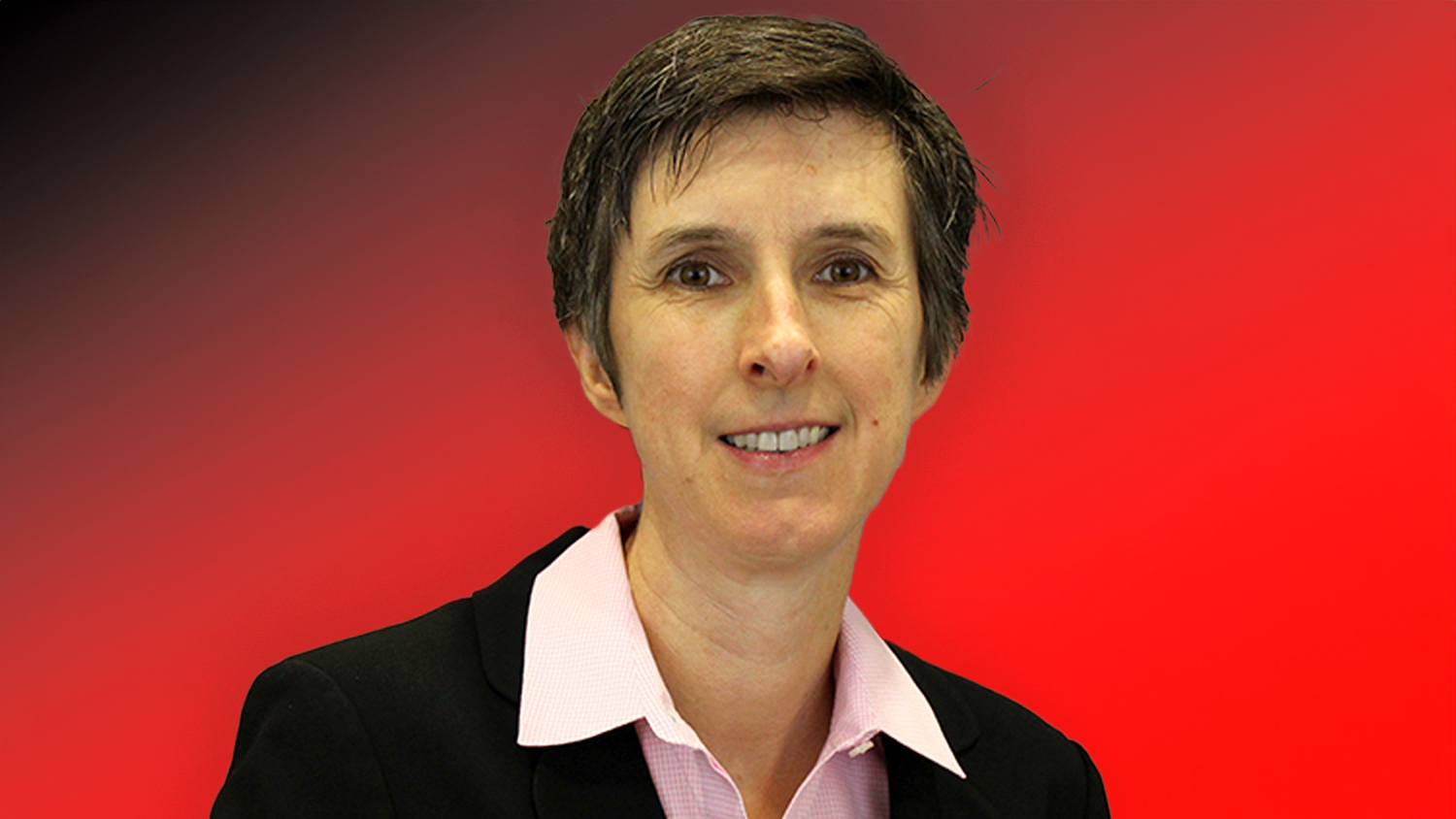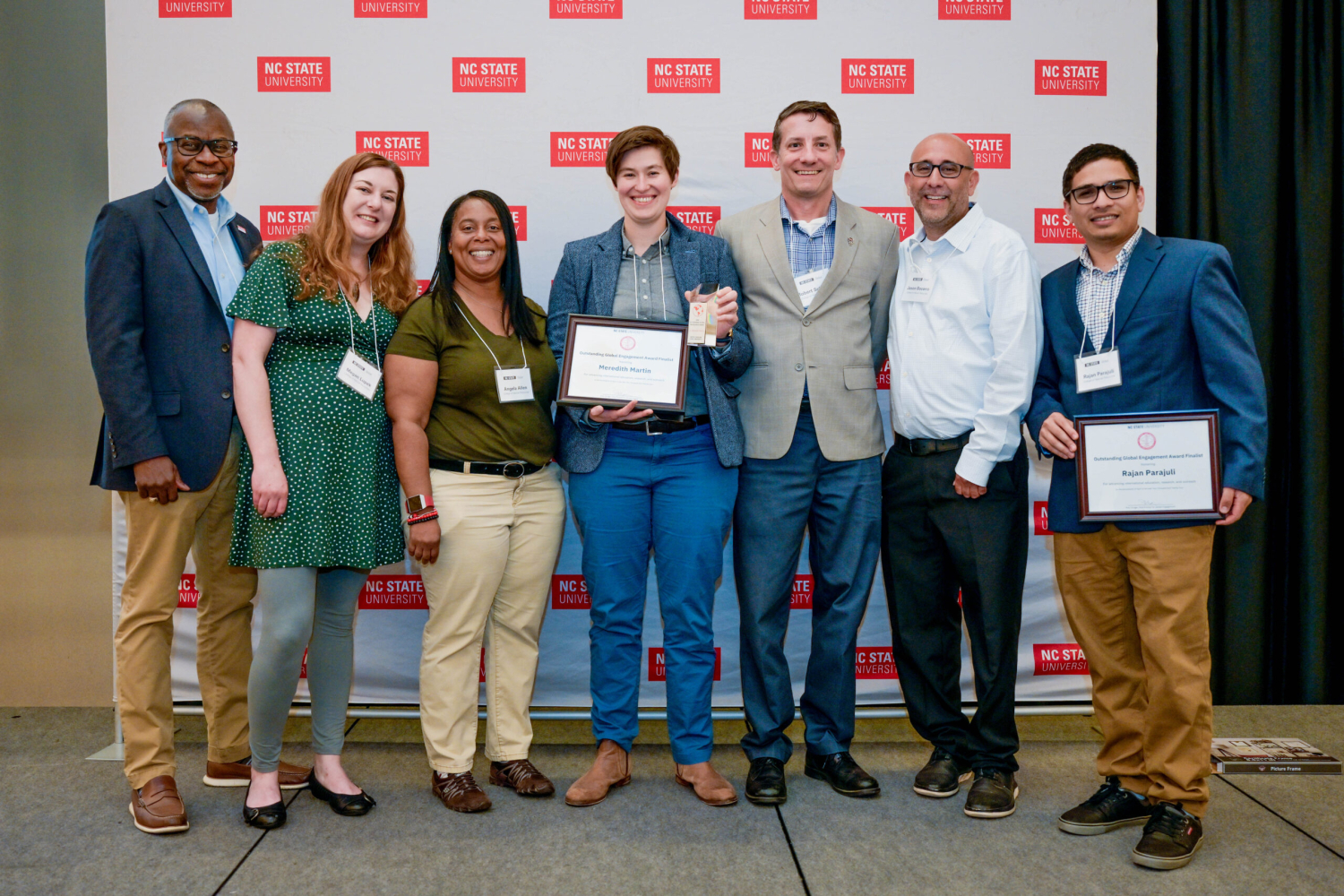Discussing Japan

As the latest details emerge on the March 11 earthquake and tsunami that crippled the Fukushima Daiichi nuclear power plant in Japan, NC State nuclear engineering experts held a symposium to help the public understand what happened.
Drs. John Gilligan, Michael Doster, Paul Turinsky and Man-Sung Yim, nuclear engineering professors at NC State, gathered in a Park Shops classroom to discuss topics ranging from damage to the nuclear plant to challenges faced by officials trying to contain radioactive material. The session was streamed live online and is available through the NC State Engineering Online website.
“The kind of event that’s happened in Japan is beyond any kind of design-basis accident that we normally consider for a nuclear reactor,” Gilligan said. He added, “It’s certainly off the charts in terms of how we design most plants.”
Gilligan discussed the events that led to the plant’s damage, the basics of nuclear power, and the nuclear energy infrastucture in Japan. He also noted the plant workers’ heroic efforts to cool down the reactors using ocean water.
The Fukushima Daiichi plant, located about 125 miles north of Tokyo, was designed to withstand a magnitude 8.0 earthquake and shut down as intended following the powerful magnitude 9.0 earthquake.
But the subsequent tsunami, Doster explained, took out power to the electrical systems and disabled the normal and emergency long-term cooling systems. Consequently, parts of the reactors and facilities began to heat up, which led to nuclear fuel damage and the release of radioactive material.
Yim compared the Fukushima event with previous nuclear plant accidents and provided some details about the new health hazards Japanese citizens face.
“To give you some perspective, I think this accident is far more dangerous than what we saw with the Three Mile Island accident … but this is still much less than what we expected from the Chernobyl accident,” he said.
Audience members had plenty of questions about repercussions, design modifications for future US plants and the impacts on the nuclear industry. NC State has been offering a nuclear reactor program since 1953; it was the first university in the world to do so.
Doster reiterated that lessons will be learned and design modifications will most likely be implemented.
“There’s a realization here that every energy source carries risks associated with it, and that nuclear energy has to be judged in light of other energy sources,” Turinsky said.
- Categories:


